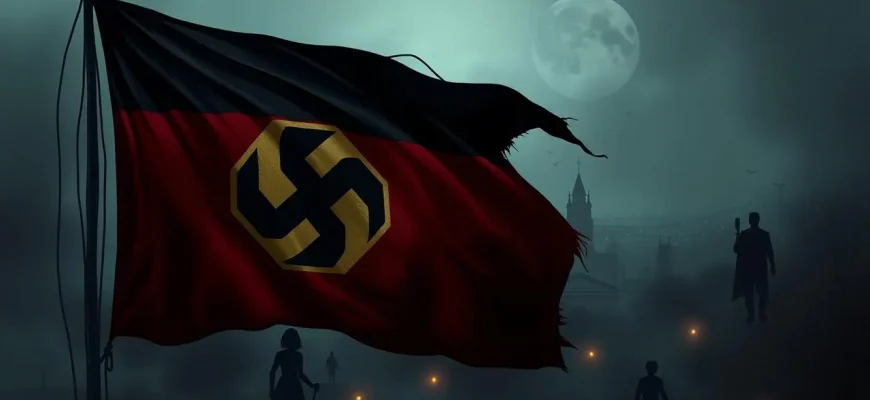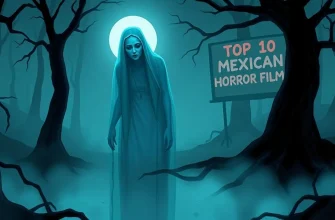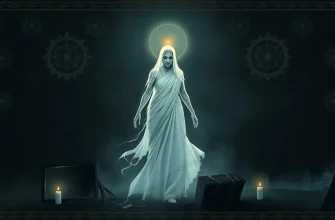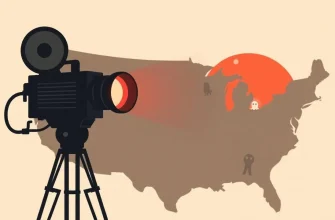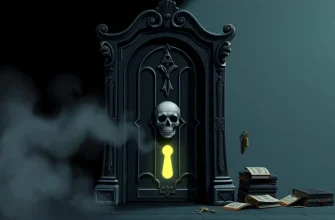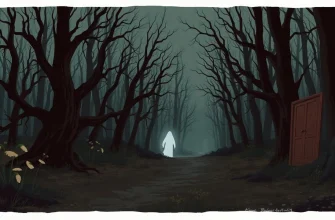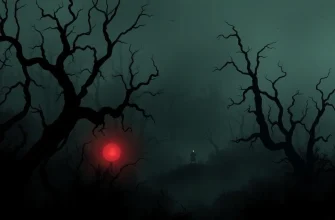German cinema has a rich history of horror films that delve into the macabre, the surreal, and the terrifying. This collection showcases some of the most influential and spine-chilling German horror movies, each with its own unique twist on the genre. From psychological thrillers to supernatural scares, these films have not only captivated audiences but have also left a lasting impact on the horror genre worldwide. Whether you're a seasoned horror aficionado or a newcomer to the genre, this list promises a journey into the eerie and the unsettling.
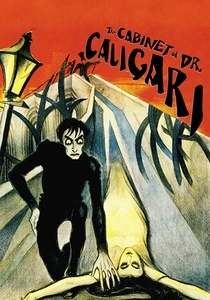
The Cabinet of Dr. Caligari (1920)
Description: This film is a masterpiece of German Expressionism, known for its twisted sets and narrative structure, exploring themes of madness and manipulation.
Fact: The film's sets were deliberately distorted to reflect the inner turmoil of the characters, creating a surreal and unsettling visual experience.
 Watch Now
Watch Now 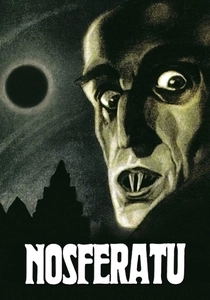
Nosferatu (1922)
Description: This silent film is considered one of the first vampire movies and a cornerstone of German Expressionism. Its eerie visuals and haunting atmosphere make it a must-watch for any horror enthusiast.
Fact: The film was an unauthorized adaptation of Bram Stoker's "Dracula," leading to a lawsuit by Stoker's estate. The character of Count Orlok was designed to avoid copyright issues.
 Watch Now
Watch Now 
Anatomy (2000)
Description: A medical student uncovers a sinister secret society at her prestigious university, blending horror with medical thriller elements.
Fact: The film was a commercial success in Germany, leading to a sequel, "Anatomy
 Watch Now
Watch Now 
Dead Snow (2009)
Description: Although Norwegian, this film was co-produced with Germany and features a unique blend of horror and dark comedy with Nazi zombies.
Fact: The film gained a cult following for its mix of horror and humor, leading to a sequel.
 Watch Now
Watch Now 
The Experiment (2001)
Description: Based on a real-life psychological experiment, this film delves into the dark side of human nature when power dynamics are at play, offering a psychological horror experience.
Fact: The film was inspired by the Stanford prison experiment, and its intense portrayal of human behavior led to its remake in Hollywood.
 30 Days Free
30 Days Free 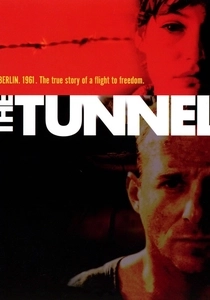
The Tunnel (2001)
Description: While primarily a thriller, this film has elements of horror as it depicts the harrowing escape from East Berlin through a tunnel, with the constant threat of discovery.
Fact: The film was based on true events and showcases the real-life dangers of the Berlin Wall era.
 30 Days Free
30 Days Free 
The Silence (2010)
Description: A chilling crime thriller with horror elements, focusing on a serial killer and the psychological impact on the community.
Fact: The film was praised for its realistic portrayal of the investigation process and its suspenseful narrative.
 30 Days Free
30 Days Free 
The Ghost (2008)
Description: A psychological horror film about a man haunted by his past, exploring themes of guilt and redemption through supernatural elements.
Fact: The film uses minimal special effects, relying heavily on atmosphere and psychological tension to create its horror.
 30 Days Free
30 Days Free 
The Devil's Violinist (2013)
Description: This film tells the story of Niccolò Paganini, blending historical drama with elements of horror, focusing on his rumored pact with the devil.
Fact: The film features real violin performances by David Garrett, who also stars as Paganini.
 30 Days Free
30 Days Free 
The Curse of the Darkling (2011)
Description: A modern take on the classic fairy tale, this film explores the dark side of folklore with a chilling twist.
Fact: The film uses traditional German folklore to create a unique horror narrative.
 30 Days Free
30 Days Free 
